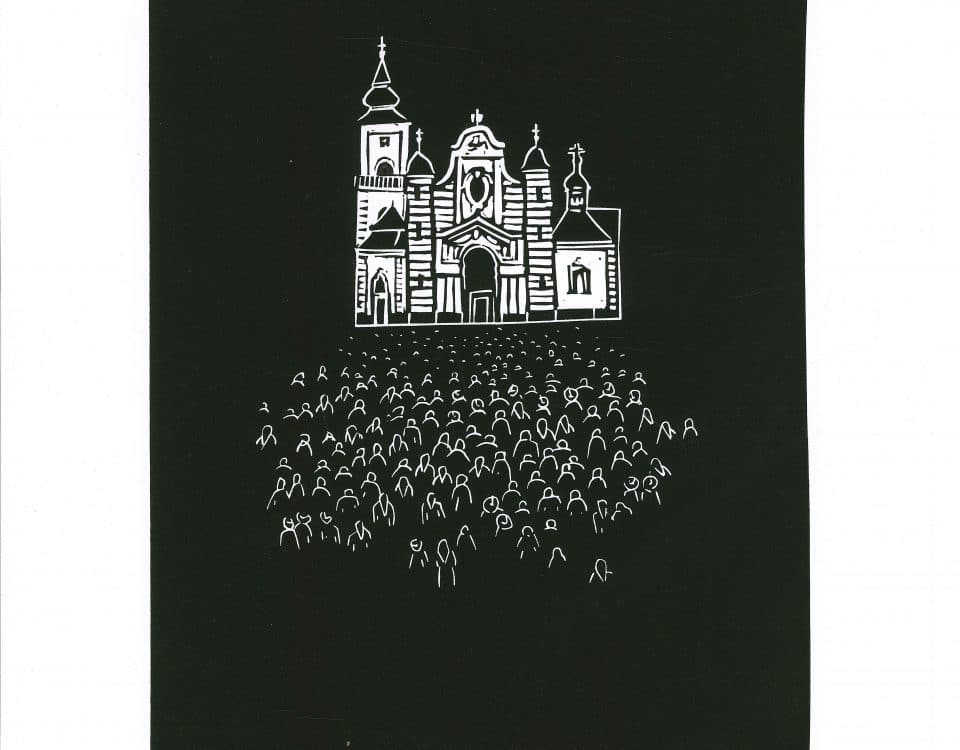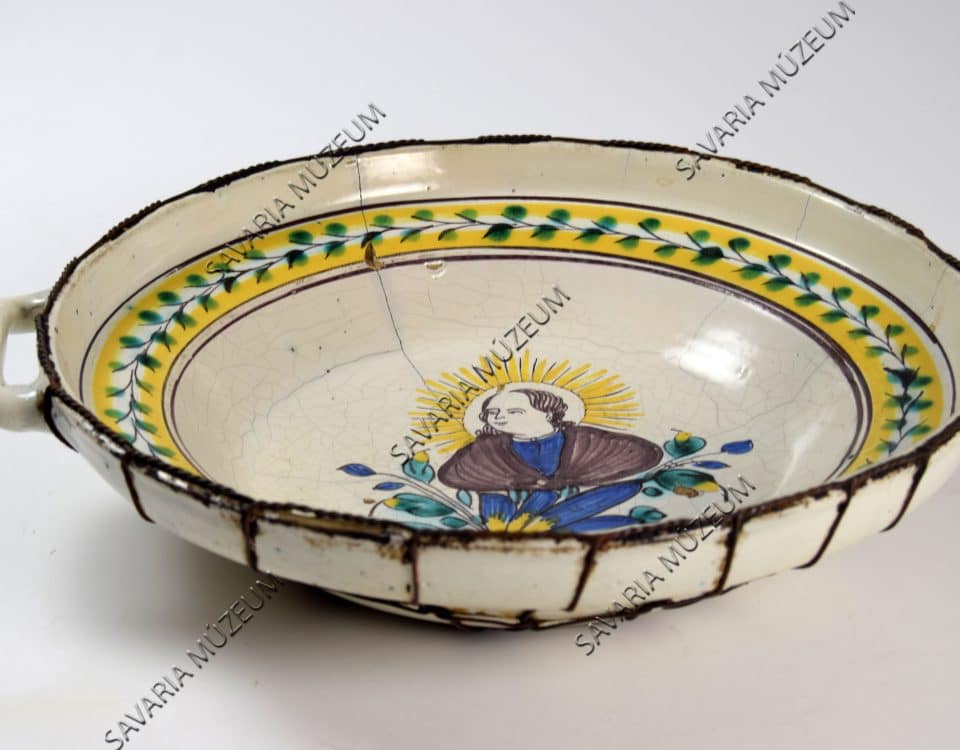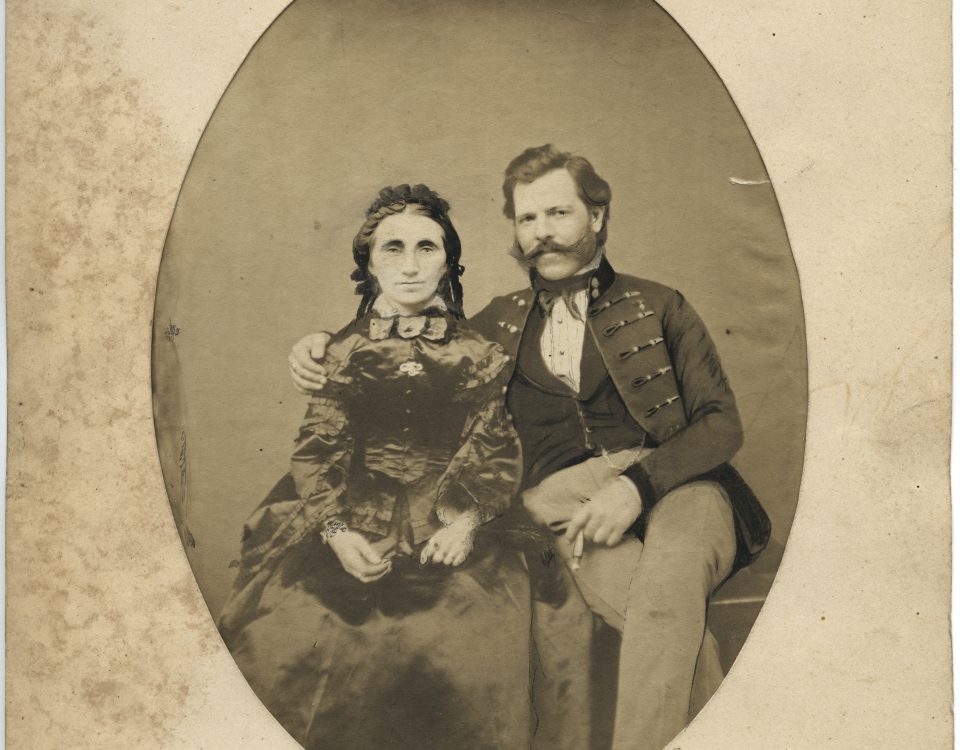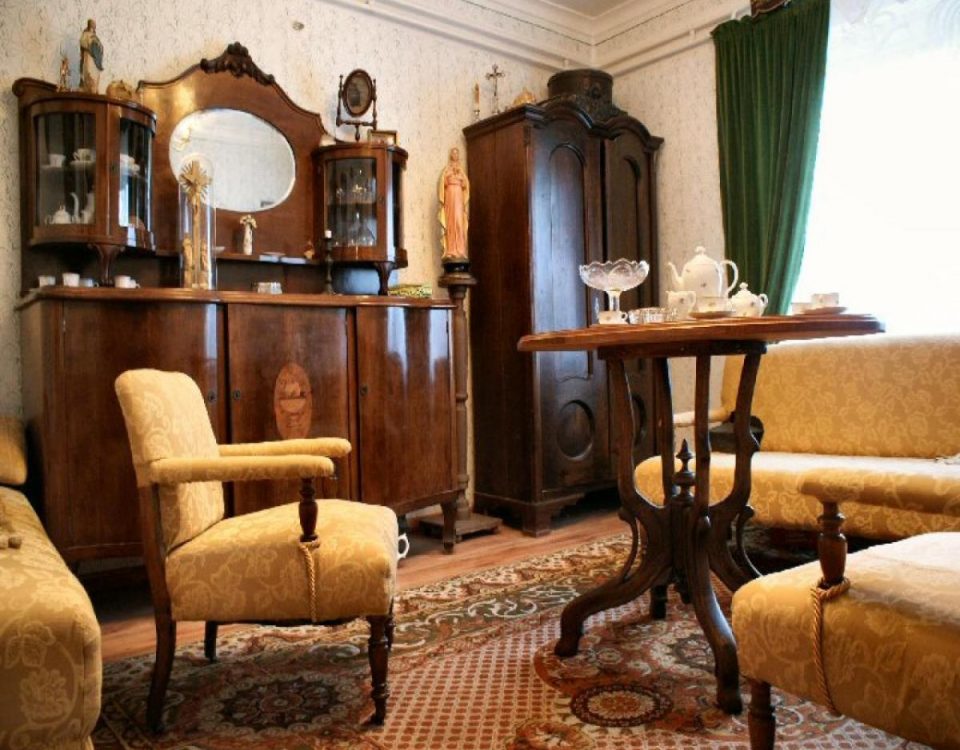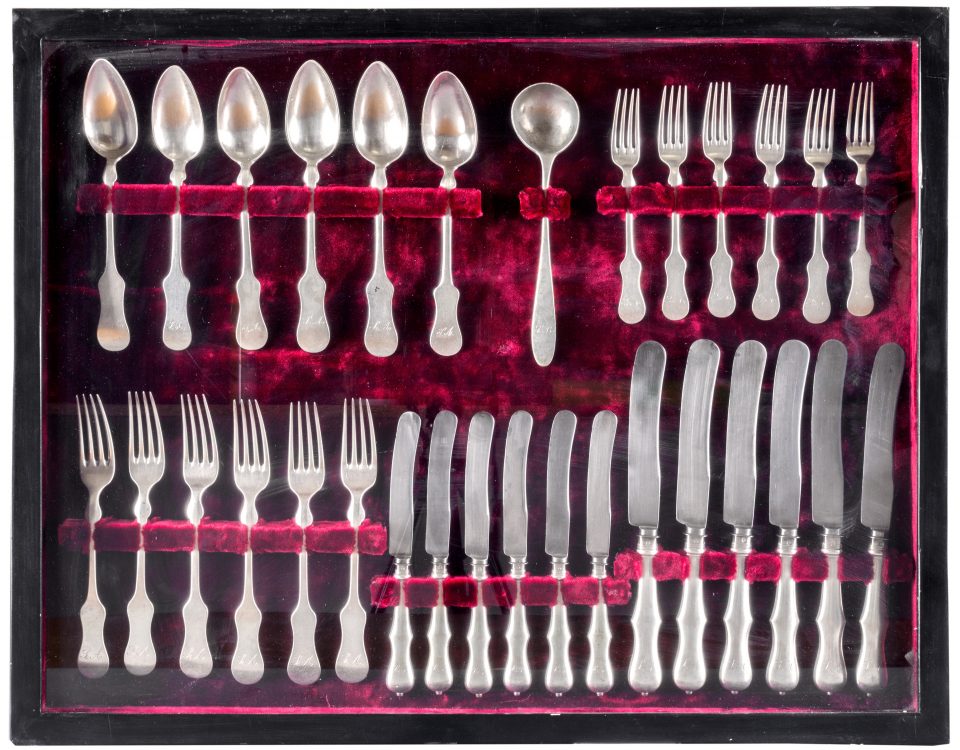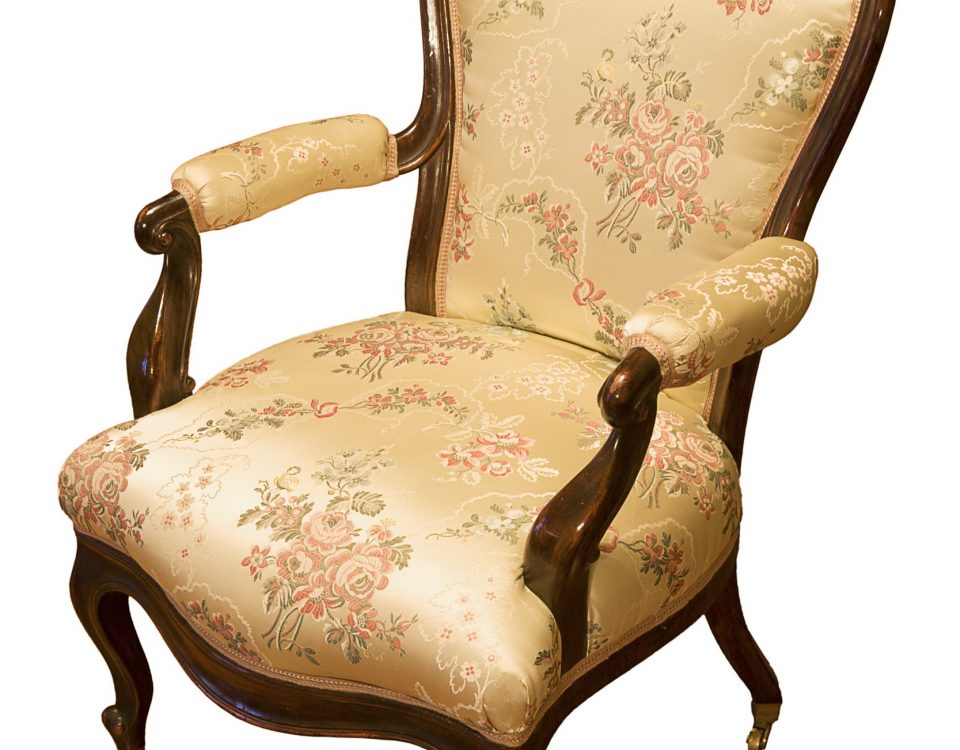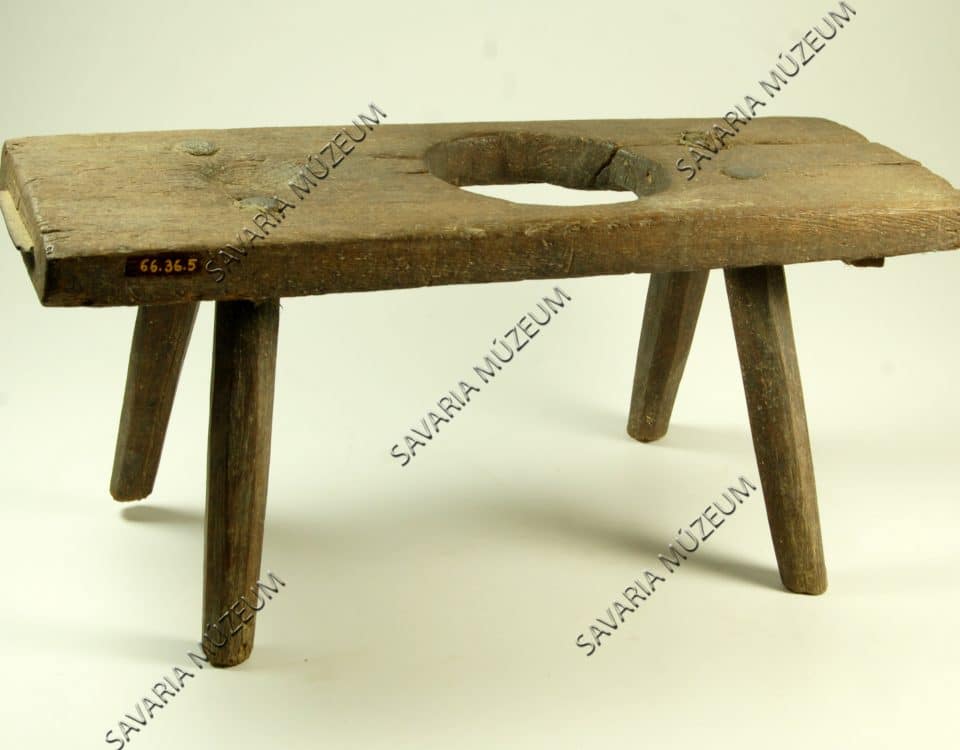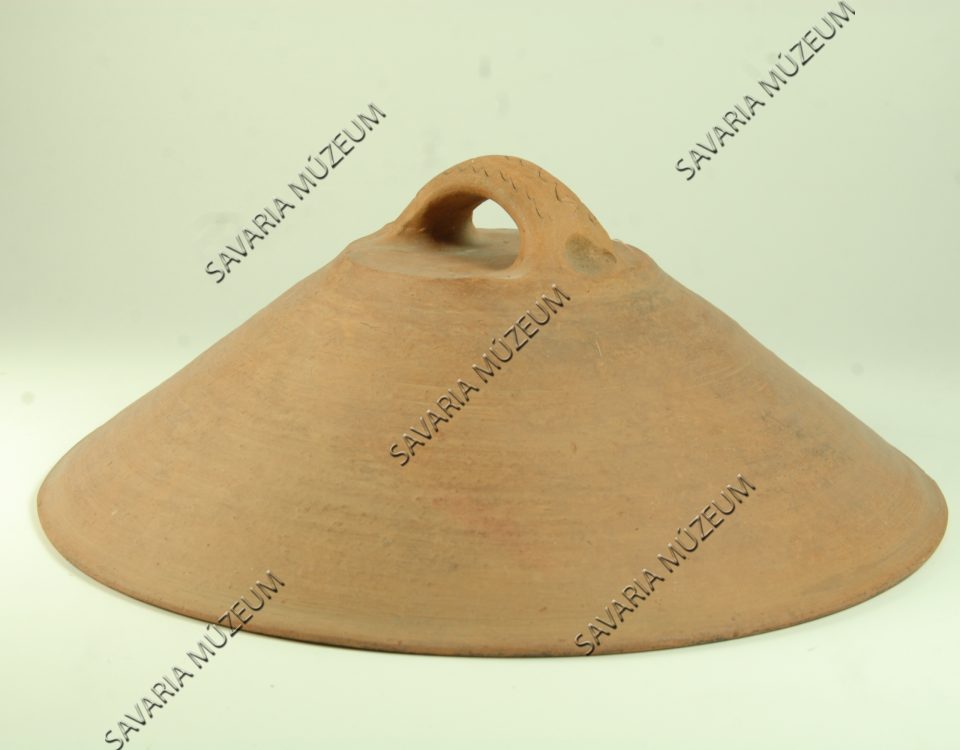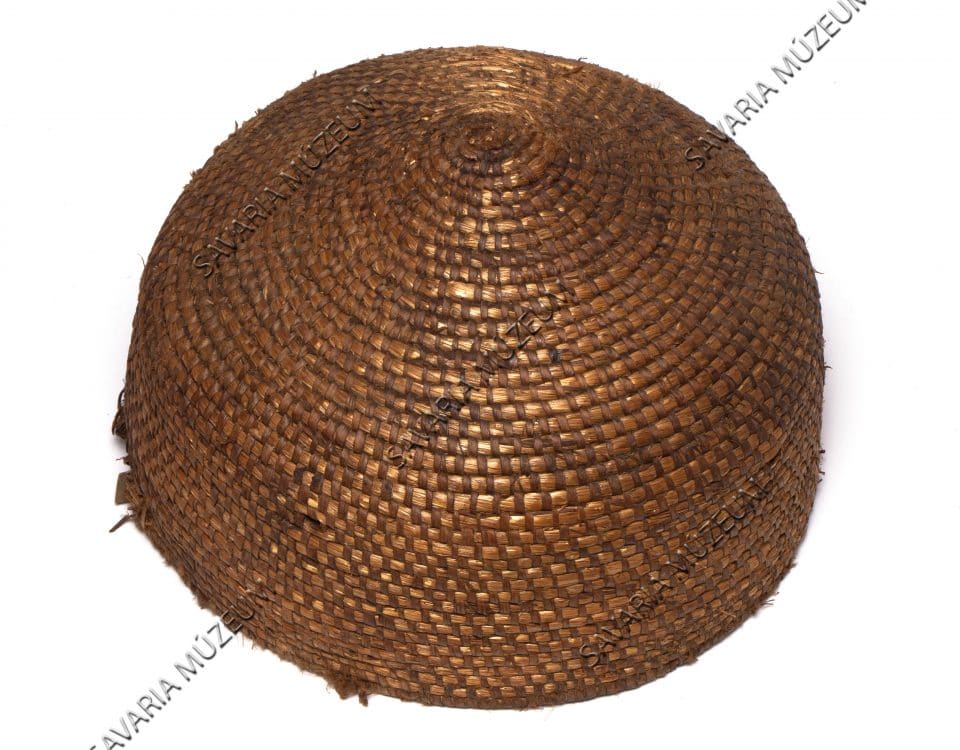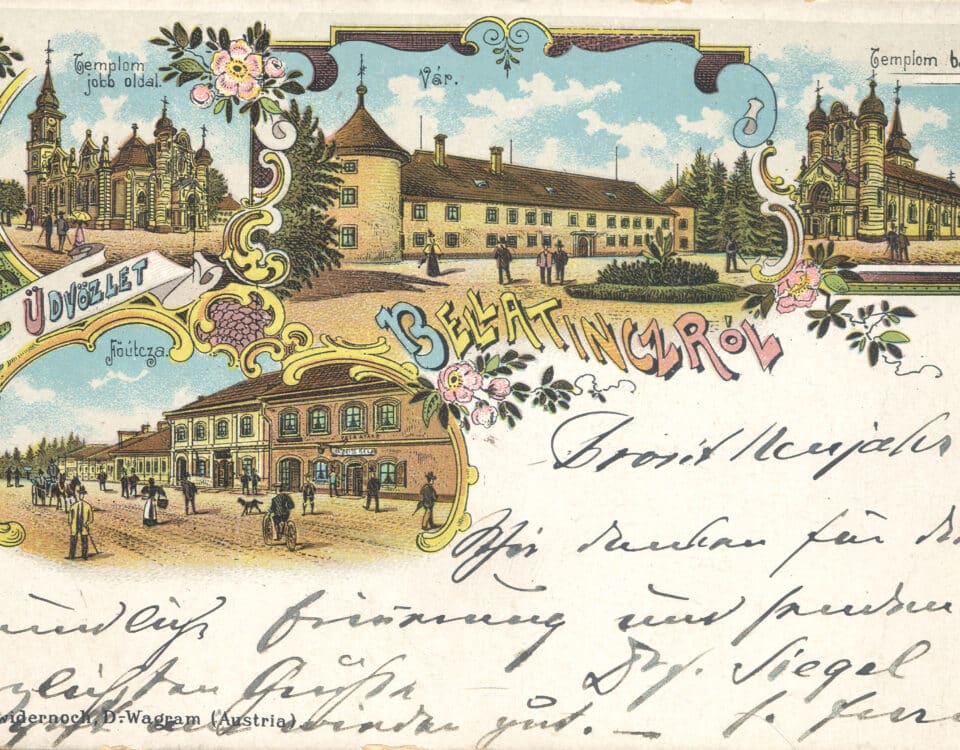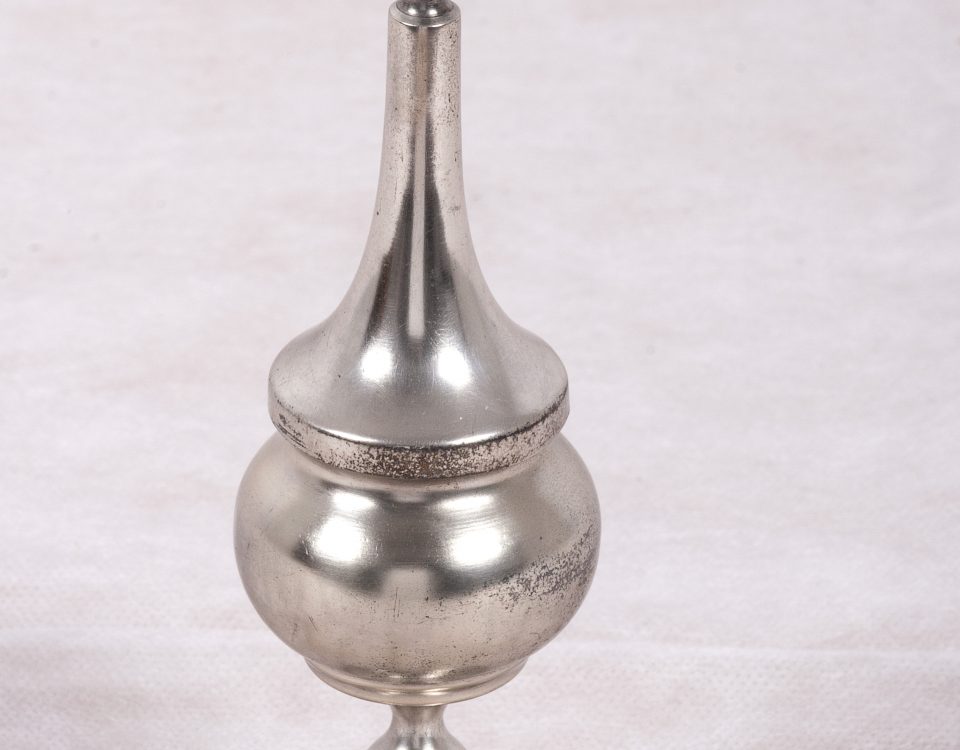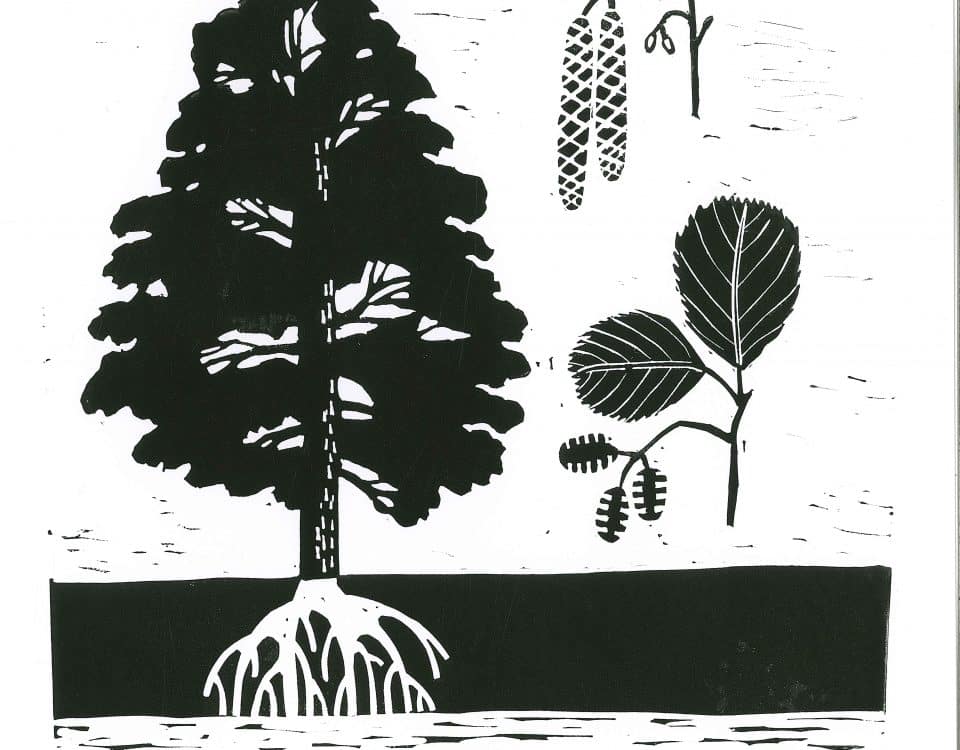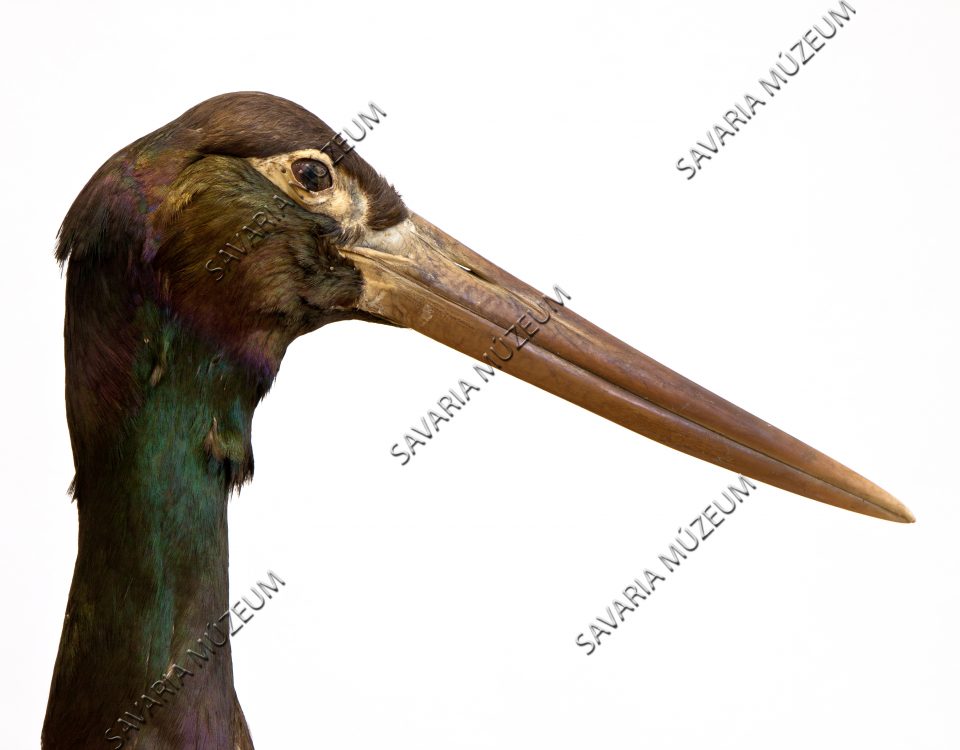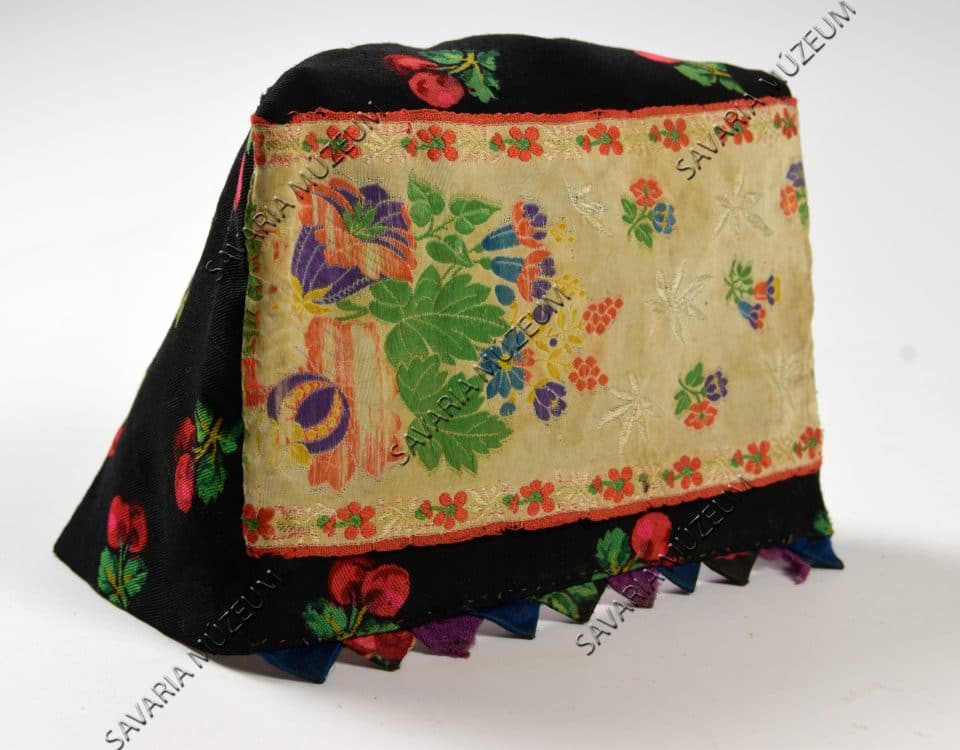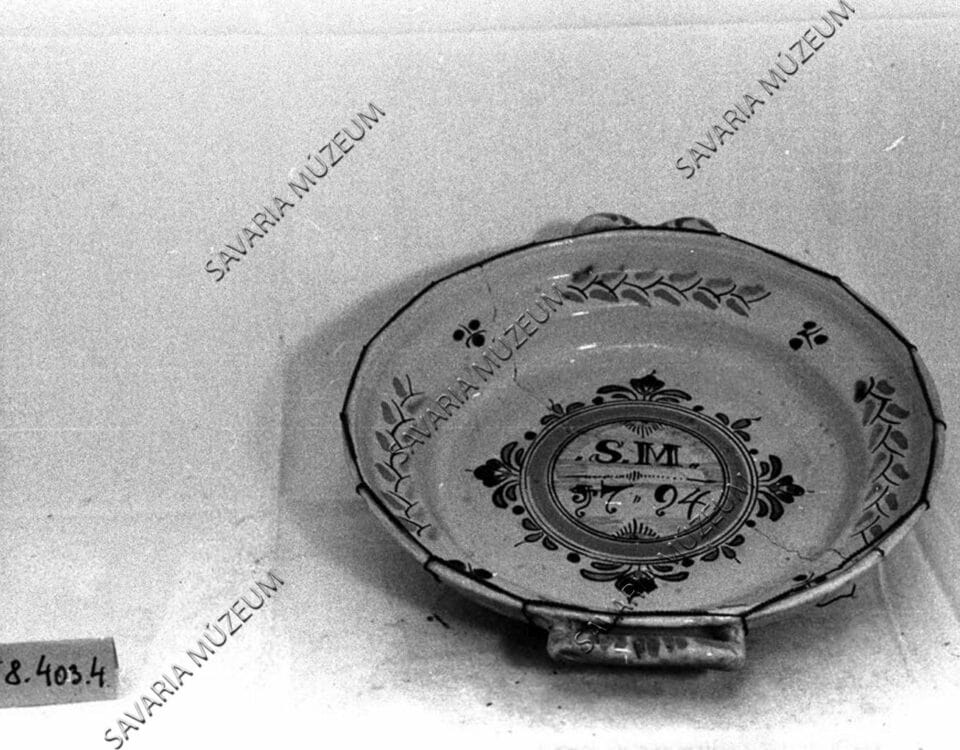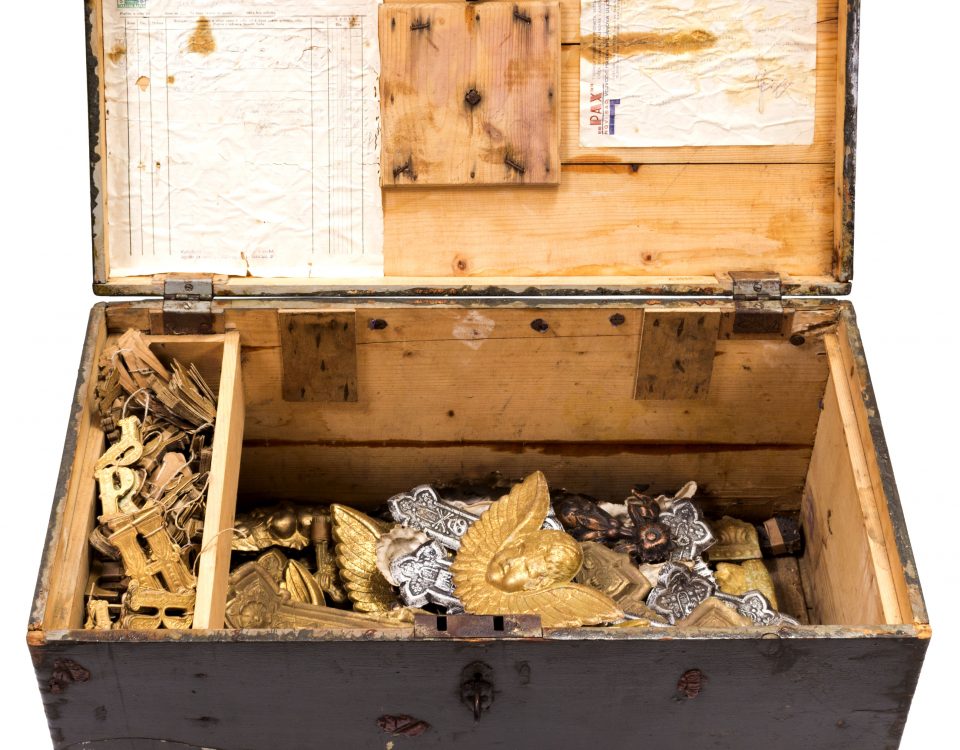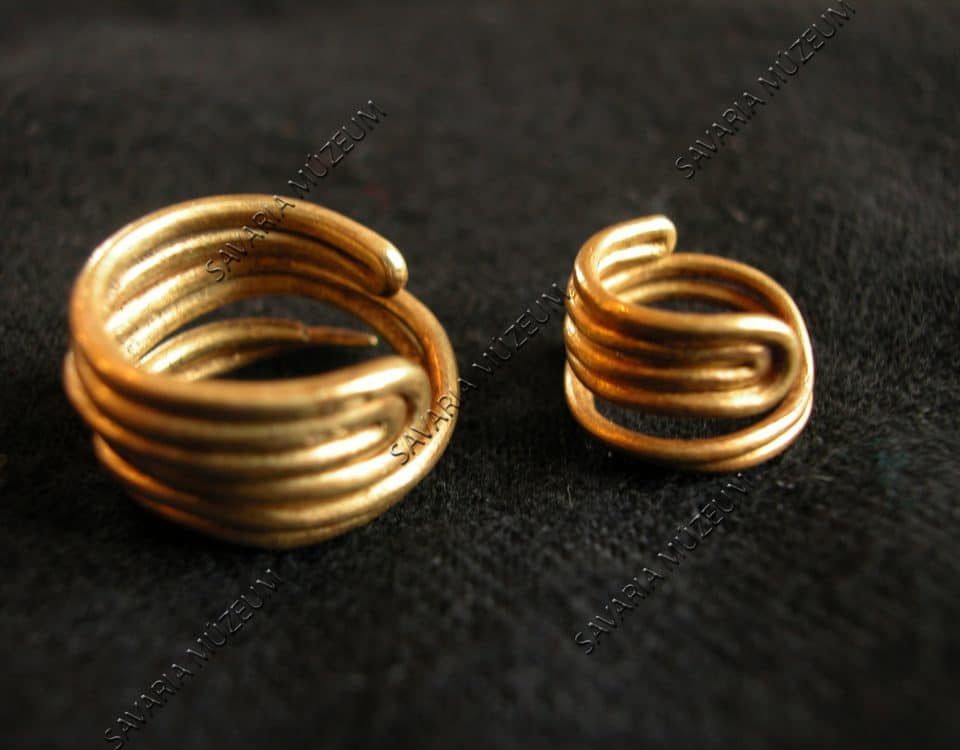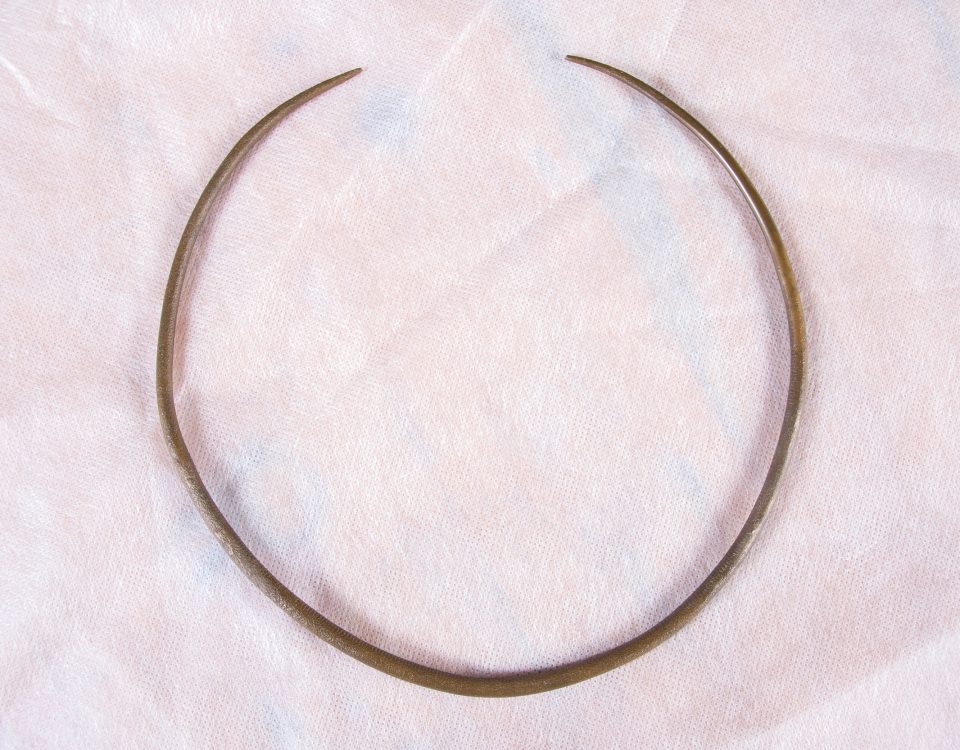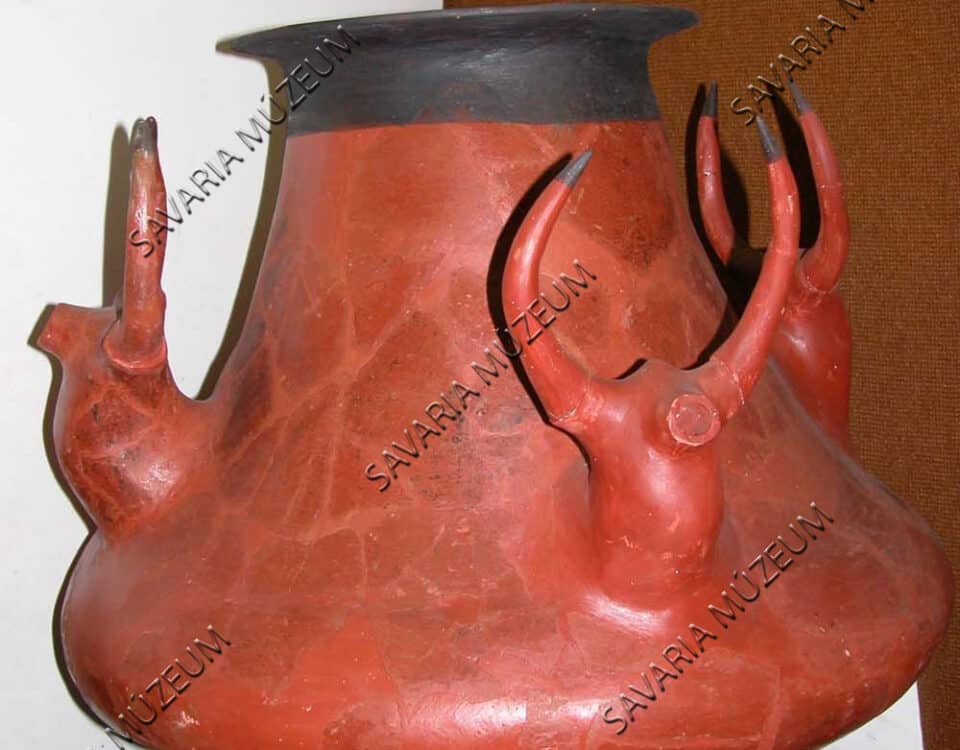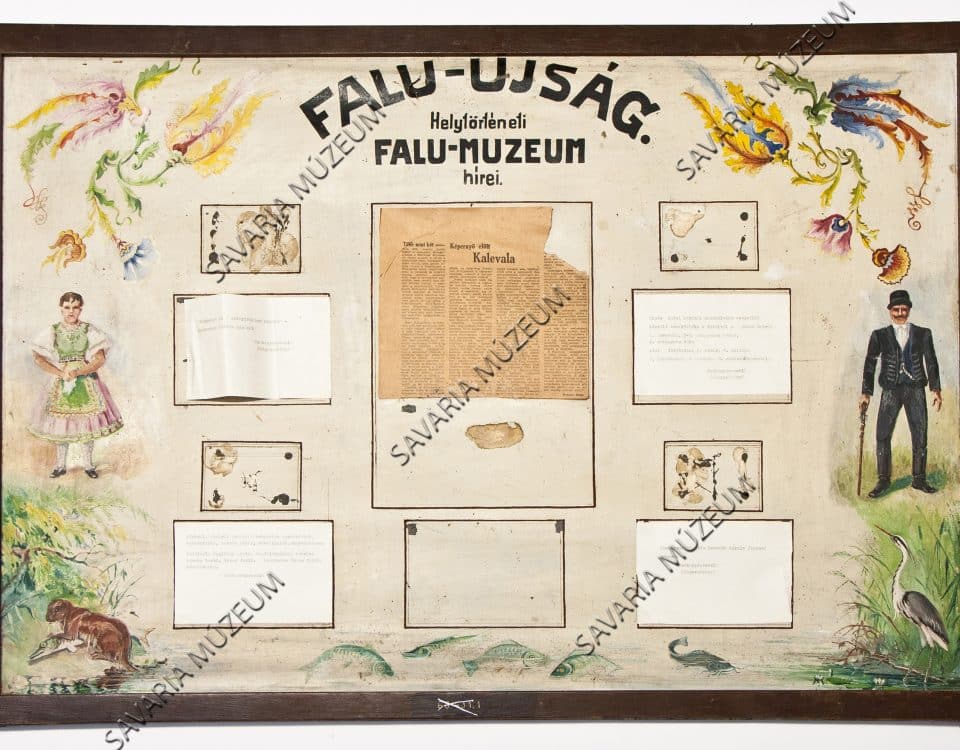Review of documented digitizers
10. February, 2020
On 17 August 1919 a large popular assembly was held outside the church in Beltinci following Sunday Mass. The army of the Kingdom of Serbs, Croats and Slovenes, which five days earlier had occupied Prekmurje with the blessing of the Paris Peace Conference, handed over the government of the region to Srečko Lajnšic, appointing him…
3. March, 2020
Bowl of post-Hutterite character. From the last decades of the 18th century to the last quarter of the 19th century, potters in Felsőpéterfa made this type of pottery: not only pitchers, but also plates and bowls. White glazed bowl with two handles and yellow, green, purple decoration around its brim. Inside the bottom is a…
5. March, 2020
Oval-shaped black and white photo with retouching on Sidonia's face, hands and Alojz's clothing. The portrait captured the couple in the studio. Alojz wraps one hand around his wife's shoulder and holds an object (cigarette-holder?, cigar?) in the other.
18. August, 2020
The Nedelica Society for Cultural Traditions and Objects (Društvo za ohranjanje kulturnozgodovinskih izročil in predmetov ) was founded in 2008. Collector Boris Kučko started collecting wine-related items as early as 1994. Today, the ethnographic, art history and historical collection contains more than 10,000 pieces. The collection goals are clear: to preserve the heritage of the…
21. April, 2020
Pieces of cutlery set: 6 large spoons, 1 small ladle, 6 small forks, 6 large forks, 6 small knives, 6 large knives. The 31-piece cutlery set belonged to the family of Count Antal Szapáry (1802-1883) and his wife, Countess Augusta Keglevich de Buzin (1808-1879). It is a high-quality handicraft set, an important element of the…
21. April, 2020
The New Baroque set is from the third quarter of the 19th century and is one of the Baroque furniture from the Szapáry Castle. It consists of a sofa, three chairs and an armchair. The typical New Baroque furniture can be seen in the Baroque salon of the Prekmurje Museum.
19. February, 2020
A four-legged board with a round opening about 19 cm in the center with a plate-like recess in front. When the children were already able to stand on their feet, they were put in this walker to prevent them from falling. They put clothes under their feet so they wouldn't stand on the ground. Food…
21. February, 2020
Unglazed, tapered tile lid, baking bell. It has a curved handle at the top with an impression at both ends and three scratched, longitudinal sawteeth patterns. Inside, a scratched wavy pattern runs around the rim. The inside is sooty due to use. This indicates that it was not used as a lid, but as a…
31. March, 2020
Made by János Sulics in the 19th century. It came from the attic of the Sulics family in 1970 together with a buckwheat grinder. Cylindrical.
21. February, 2020
The town of Beltinci in the Prekmurje Region was first mentioned in written form in 1322, under the name Belethfalua. In contemporary picture postcards, the backside was for addressing purposes only, and the other side was an illustration and a smaller blank space where the sender could write a short message. Today we call these…
18. August, 2020
Spices in the vessel were used and scented for various rituals. Such vessels were made in different shapes and materials, usually richly decorated. From a wider base a thinner leg is formed, passing over in typical onion-shaped closed middle part; this consists of lower and upper part, the last narrowing to the top and closing…
10. February, 2020
Polanski Log, a forest area extending between Mala Polana, Brezovica and Nedelica, is the largest black alder site in Europe. The alder needs a lot of water to grow. It survived here because groundwater remained on the surface in the forest throughout the year. Today the alder is under threat as a result of regulation…
1. April, 2020
Stuffed black stork (Ciconia nigra), standing on a plank pedestal. In Vas County, this species nests primarily in the Őrség Region.
19. February, 2020
A bonnet, black in color with cherry patterns, made of cashmere. Floral pattern in the center, with serrated front. This bonnet was used to keep the hair bun in place. The bonnet was a piece of clothing indicating a married woman, covering her head. The more ornate ones could only be worn by young women.…
19. February, 2020
It is a post-Habán earthenware inside and outside glazed, with two handles, with stylized flowers of green-blue-yellow-brown-purple color on white background, with an inscription: “SM 1794”. One of the six post-Habán dated dishes, out of the valuable and large ceramic material from the Végh Collection. The Habáns (New Christians) were members of the religious group…
21. April, 2020
The wooden box contains various silver and gold colored cardboard ornaments (crosses, letters, angel figures, palm figures, rim ornaments). Stuck inside the cover there is an invoice and a letter from the maker of the ornaments used on the baptism (PAX tvornica pogrebnih predmeta, vestačkog cveča, reklamnih kalendara i kartonaže). According to the letter, the…
10. February, 2020
Hair or earring made of gold (Noppenring). The double coiled wire has a two and a half loop in it. The end of the loop is open. The jewel was discovered during the exploration of Gábor Ilon in 2003-2004.
15. May, 2020
The bronze casted collar was discovered by chance in 1959 as a single find while digging holes for fruit trees in Pertoča. It is dated to the end of the Bronze Age, at the time of late Urnfield culture, named after the predominant burial mode – cremation burials. The collar is shaped like a crescent…
20. February, 2020
Bull-prototype, that is, an urn decorated with bull- heads on the shoulder and a tapered neck. The vessel is painted red, the rim and the tips of the horns are black. The pot was discovered in 1979 at the excavation of Mária Fekete, from the tumulus no. 2.
31. March, 2020
Bulletin board, painted whiteboard. The bulletin board was made by Lajos Molnár, a local money collector and painter for the office of József Csaba, notary public in Csakánydoroszló. The village's announcements were posted on it.

